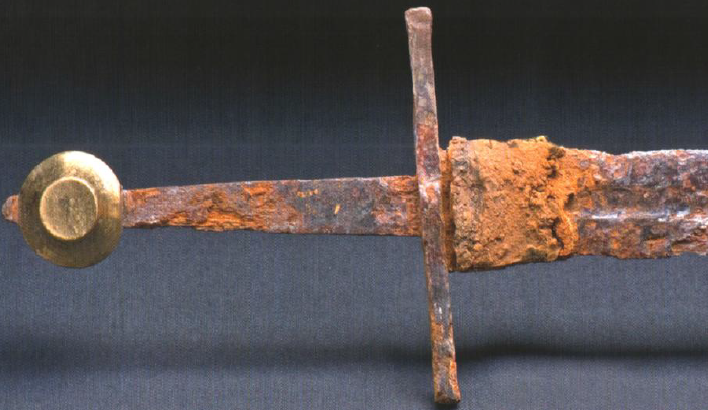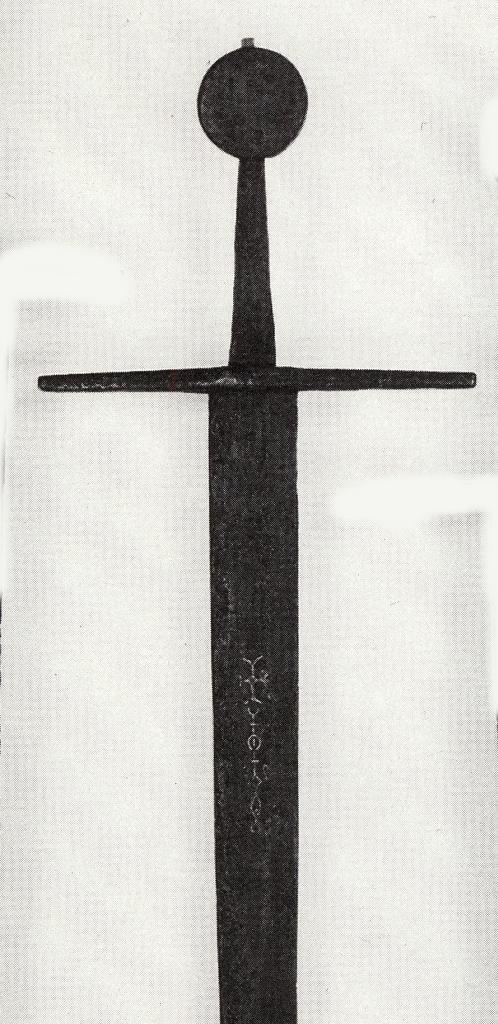I'm new here and don't know, if my question is already answered in a different thread (I apologize, if it is) , but several quick searches didn't bring any results so far.
I'm searching for a very specific type of medieval hilts. This type has an flat disc-shaped pommel (Oakeshott Type G) and a tang, which rises over the top of the pommel. A protruding tang is very common for swords with pommels of Oakeshott Type I-K (see picture 1 for an example from Bonn, Germany) , but I can't find examples for Oakeshott Type G, except one sword from a collection in Paris (see picture 2).
So here is my question: Do you know any analogies in the 13th and 14th centuries?
Thanks,
Tobi
P.S. Sorry for the horrible English, I'm not a native speaker...

